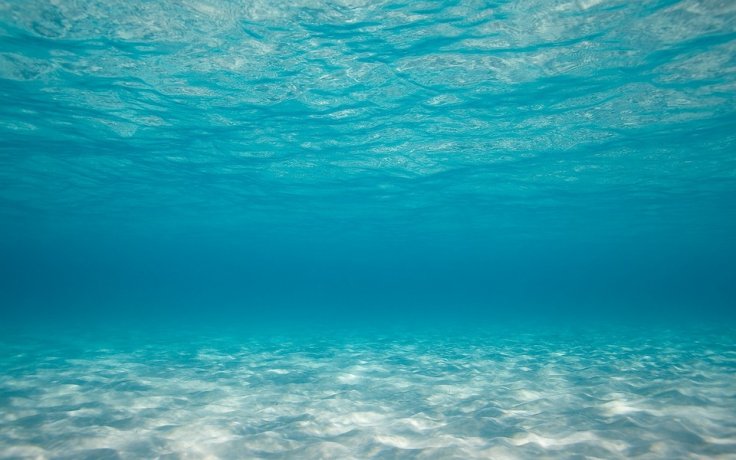
Researchers from the University of Chicago have discovered the remnants of seawater dating back to the Ice Age. During a month-long scientific mission, the team exploring the limestone deposits from the Maldives and finally found it tucked inside rock formations in the middle of the Indian Ocean.
The JOIDES Resolution is the ship built for ocean science. This ship is equipped with a drill which can extract cores of rock over a mile long from up to three miles beneath the ocean floor.
In a statement, Clara Blattler, an assistant professor of geophysical sciences at the University of Chicago said that earlier "we had to go on to reconstruct seawater from the last Ice Age were indirect clues, like fossil corals and chemical signatures from sediments on the seafloor," but now the researchers have an actual piece of this 20,000-year-old ocean.
The team of the researchers actually studying these rocks to understand how the sediments are formed in the area. After extracting the seawater the results of the test showed evidence of much saltier water than usual seawater and Blattler stated that it was an indication that the team has found something which is rare.
The team conducted a rigorous battery of tests on chemical elements and isotopes that made up the seawater. Later, when the scientists saw the results they found that the water was not from today's ocean. They came to know that it was the last remnants of a previous era that had migrated slowly through the rock.
When it comes to the question, "What will happen to earth in next few years?" some people believe that the climate change or global warming is a hoax, while some countries like UK and the Republic of Ireland announced a climate change emergency to save the world.
However, the new study suggested that the next aim for the researchers is to look for the reconstruction of Ice Age as the patterns showed that the climate and weather were very different from today's environment. They claimed that the understanding of these patterns would help the researchers to get a clue on how global climate will change in future.









